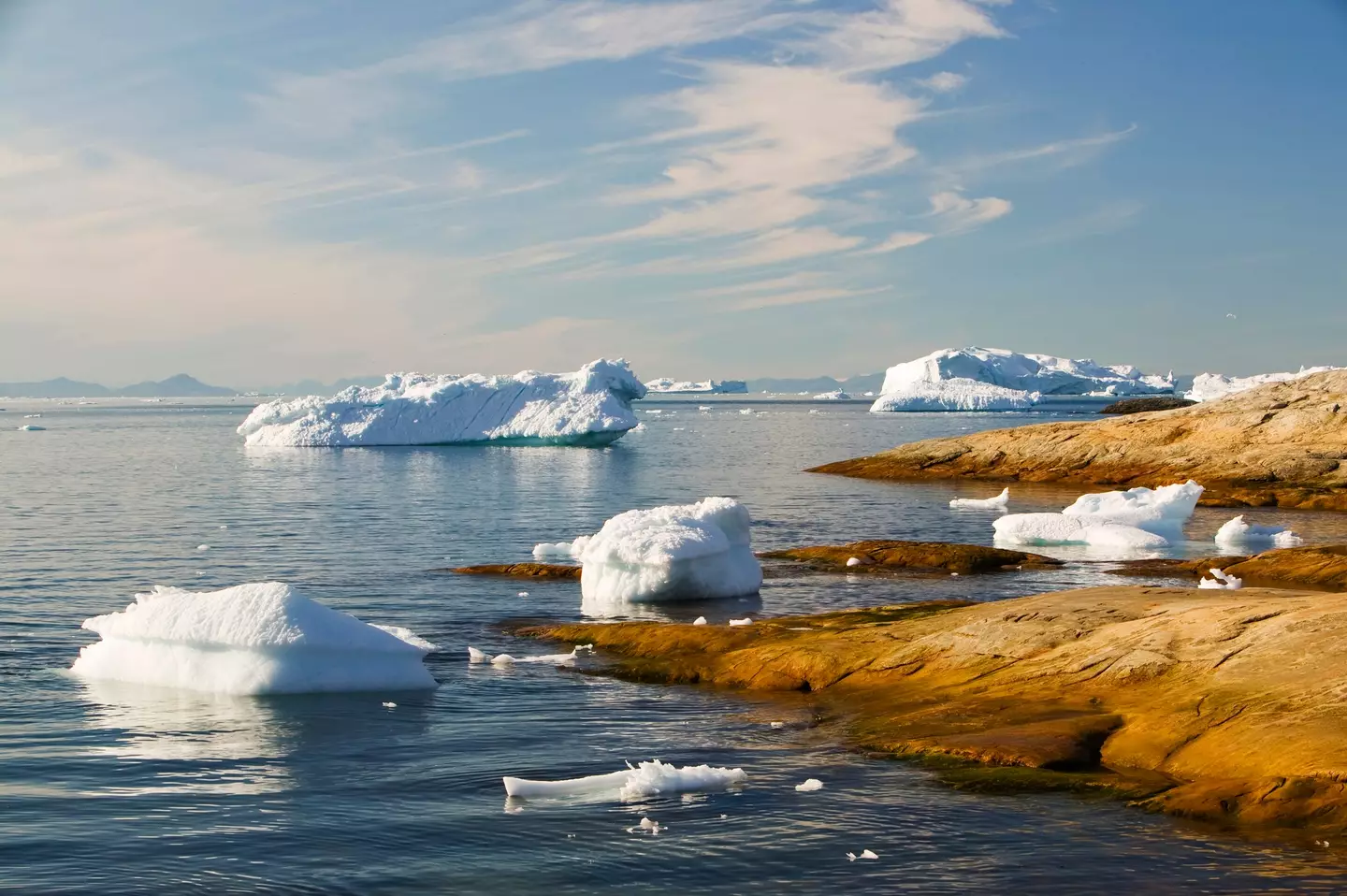
NASA has issued a warning to the public after discovering a frightening ocean phenomenon in 2024.
Last year, the space agency made a concerning discovery about the state of global sea levels.
And according to NASA, they rose much faster in 2024 than ever expected.

Advert
On the NASA website, it said: “Last year’s increase was due to an unusual amount of ocean warming, combined with meltwater from land-based ice such as glaciers.”
The analysis conducted by the space agency revealed that sea levels rose by 0.23 inches (0.59 centimeters) in 2024, compared to the expected rate of 0.17 inches (0.43 centimeters).
Josh Willis, who is a sea level researcher at NASA’s Jet Propulsion Laboratory in Southern California, said: “The rise we saw in 2024 was higher than we expected. Every year is a little bit different, but what’s clear is that the ocean continues to rise, and the rate of rise is getting faster and faster.”
Nadya Vinogradova Shiffer, head of physical oceanography programs and the Integrated Earth System Observatory at NASA Headquarters in Washington, added: “With 2024 as the warmest year on record, Earth’s expanding oceans are following suit, reaching their highest levels in three decades.”
Advert
Satellite recording of global ocean height began back in 1993 and since then, the annual rate of the rise has more than doubled.
Since 1993, sea levels have risen by four inches (10 centimeters).
The thermal expansion of water on Earth is being caused by a number of different ways.

Advert
First off, wind in parts of the ocean can cause warmer water closer to the surface to get mixed up with deeper and colder parts of the ocean.
The NASA website explains: “Normally, seawater arranges itself into layers determined by water temperature and density. Warmer water floats on top of and is lighter than cooler water, which is denser. In most places, heat from the surface moves very slowly through these layers down into the deep ocean.
“But extremely windy areas of the ocean can agitate the layers enough to result in vertical mixing. Very large currents, like those found in the Southern Ocean, can tilt ocean layers, allowing surface waters to more easily slip down deep.
“The massive movement of water during El Niño — in which a large pool of warm water normally located in the western Pacific Ocean sloshes over to the central and eastern Pacific — can also result in vertical movement of heat within the ocean.”